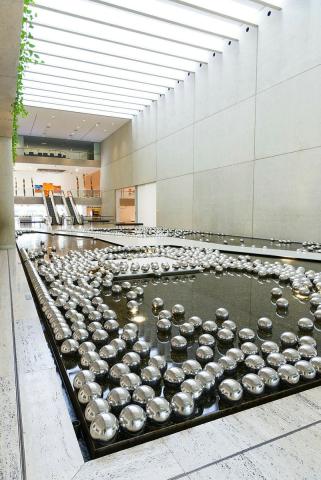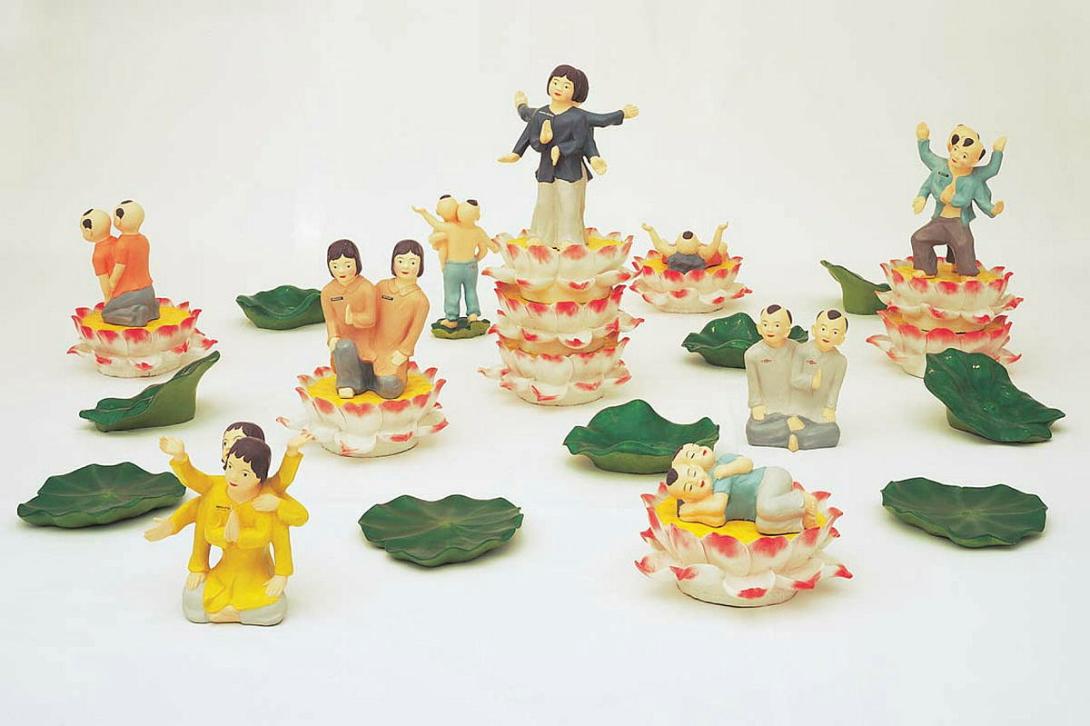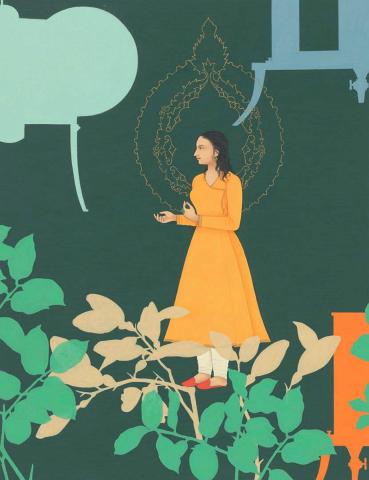Other works in this medium

China Red 2008-09
- WANG Qingsong - Creator

Narcissus garden 1966/2002
- KUSAMA, Yayoi - Creator

Teitei vou (A new garden) 2009
- WHITE, Robin - Artist
- TOKI, Leba - Artist
- JIONE, Bale - Artist
Other works from this Department

Problem-Wisdom 1993-95
- LERTCHAIPRASERT, Kamin - Creator

Canine Construction 2009
- GIMHONGSOK - Creator
Reproduction requests
Images of artworks on this website may be used for research, study and other related exceptions as defined by section 40 of the Copyright Act 1968 (as amended) without applying for specific permission. All other uses of the content of this site (where applicable). Refer these requests to reproductions. For more information, see copyright and reproductions on the QAGOMA website.


